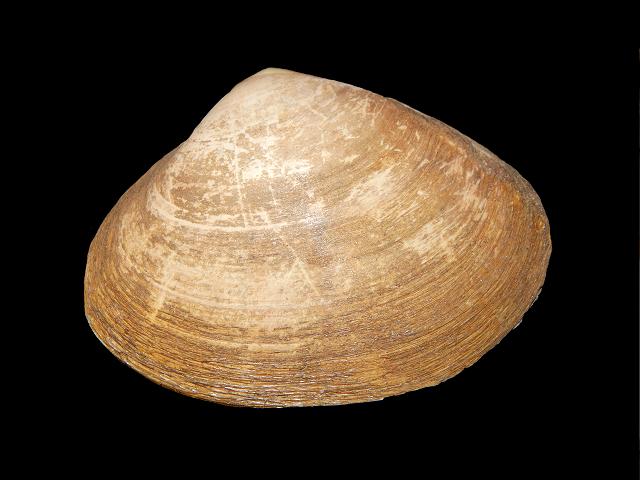
APHOTOMARINE
An educational resource dedicated mainly to the photography
and diversity of marine life that can be found in coastal waters
and intertidal areas of Great Britain and Ireland by David Fenwick.

Mactra glauca Born, 1778 - Glaucous trough shell (Marine bivalve images)
Scroll down and rollover titles to change screen image or click on title to view image.
Glaucous trough shell
Mactra glauca
- shell valve exterior 1
Mactra glauca
- shell valve exterior 1
Glaucous trough shell
Mactra glauca
- mounted shell 1
The specimen above is from the collection of Stella Turk M.B.E., which is now in the care of the author of this website. The 95mm long specimen was possibly collected between the late 19th century and early 20th century. The specimen was photographed on 13.05.16.
Glaucous trough shell
Mactra glauca
- shell valve exterior 1
Glaucous trough shell
Mactra glauca
- shell valve interior 1
Glaucous trough shell
Mactra glauca
- valve interior with rule 1
Glaucous trough shell
Mactra glauca
- shell valve interior 2
Shell above was found at Hayle, and was photographed 23.05.12.
There are no records of this large bivalve being found alive north of the Channel Islands, although valves have repeatedly been found at Hayle on the north coast of Cornwall, at odd intervals since 1801. Apart from fragments reported from Land's End (presumably from shellsand from Whitesand Bay) there are no other Cornish records. It seems likely that these valves come from some subfossil deposit in the immediate vicinity, and that they're dislodged from time to time by sand movements. Stella Turk.
Scientific and European Names:
Mactra glauca, Mactra glauca var. luteola, Mactra helvacea, Mactra neapolitana, Mactra sericea, Glaucous trough shell, Brede strandschelp.
Scientific and Common Names used are largely gained from from the WoRMS Database.

The main objective of this website is in furthering environmental awareness and education through the medium of photography. To increase awareness and access to the wildlife of the region and help
people find and identify it. Sometimes the difference between species is obvious but many species can only be determined by observing microscopic characteristics that are specific to any one species.